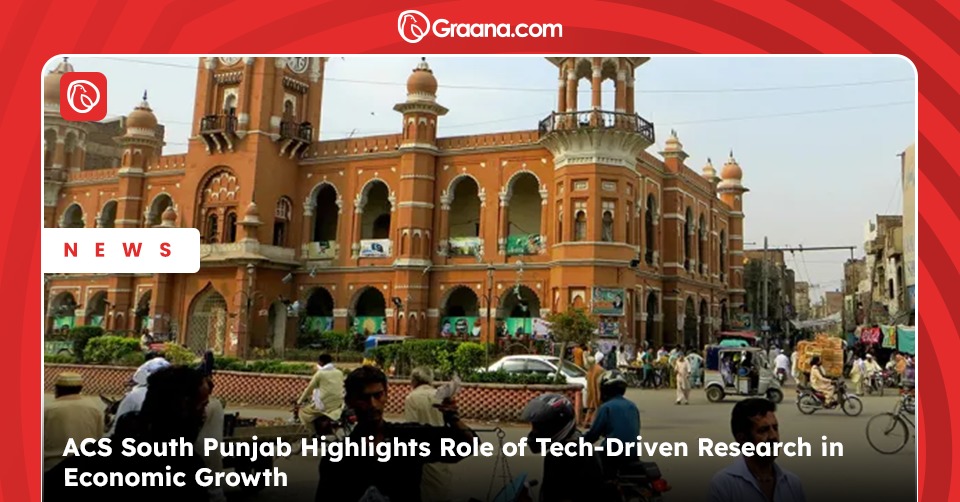In a recent report published by the World Bank, the international body has identified potential in two out of three major areas of tax revenue collection. The major areas are mainly Services Sales Tax, Urban Immovable Property Tax (UIPT), and Stamp Duty, among which the latter two are exclusively related to the real estate sector. As per the report, these two areas can collectively bring Punjab’s real estate sector to generate revenue of up to Rs400 billion if it is incorporated with the modern techniques of digital mapping.
UIPT is duly gathered by E&TD (Excise and Taxation Department), whereas the BoR is responsible to collect the stamp duty. Improved and digitised land records assist in improving system analysis and coordination of the two main land-related tax authorities i.e. E&TD and BoR, besides implementing Stamp Duty and UIPT. Because of this integration between the two land tax authorities, Punjab real estate has shown the prospect of generating the highest revenue in tax.
As per the WB report, Punjab’s urban housing gap is expected to reach up to 11.3 million units by the year 2047. This gap is being generated by the rising population, migration of people from rural to urban areas in the country, unnamed and abandoned lands, and a decline in the existing housing stock. An estimated 2 to 2.5 million units are being constructed in Punjab under the Punjab Housing and Town Planning Agency.
Mainland records in Pakistan currently fall under the responsibility of provincial Boards of Revenues (BoRs). All Register of Deeds, Mortgages and Property Transfers are maintained here, as per person-based records, along with the facility of cadastral maps. BoRs typically stemmed from only rural records initially. With the unplanned expansion of urban areas around the city centre, eventually, city centres were also included in this. For private housing agencies and cantonments, the responsibility of keeping records of plots and properties is on their end.
The World Bank reports the effect of the absence of standardised systems in keeping records of property rights in urban areas, and there are significant challenges that are keeping the revenue at par. These challenges include lengthy dispute resolutions, overlapping records of registries, inequitable taxation and lack of property rights information for authorities to perform their responsibilities. Women from urban areas face extreme marginalisation in their property rights and loss of inheritance due to lack of transparency in property ownership, cultural restrictions, forceful property transfers etc.
Federal and provincial governments have come to the realisation that such challenges may hinder the possibility of achieving the goals of the Naya Pakistan Housing Program of constructing about 2.5 million low-cost homes in Punjab. To resolve these issues, the World Bank has proposed an amount of $150 Million on their behalf to develop and improvise the ‘Punjab Urban Land Systems Enhancement Project”.
This expense breaks down into four components; with $103 Million for cadastral maps for Land Records Management and Information Systems (LRMIS) and digitization of records, another $3 million for Land for Housing, to make the process of identification and evaluation easier. LRMIS proves to be extremely beneficial for keeping track of property and land rights and combining it with cadastral mapping systems such as PropSure, bringing authenticity and transparency in the digitised land record systems.
Digital cadastral mapping assists in the integration of multiple registrations of a land area, and designate it under a single and unique identifier. This process helps in enabling a seamless process that permits clarity and authenticity in the real estate sector
The remaining amount of about $35 Million is designated for the establishment of Land Information Systems to combine the rural and urban land records. The project risks environmental damage posed due to mass construction. Still, it is the solution to the current housing and land record issues in the system.
For more news and information on the latest property trends and developments, follow our blog at Graana.com.




